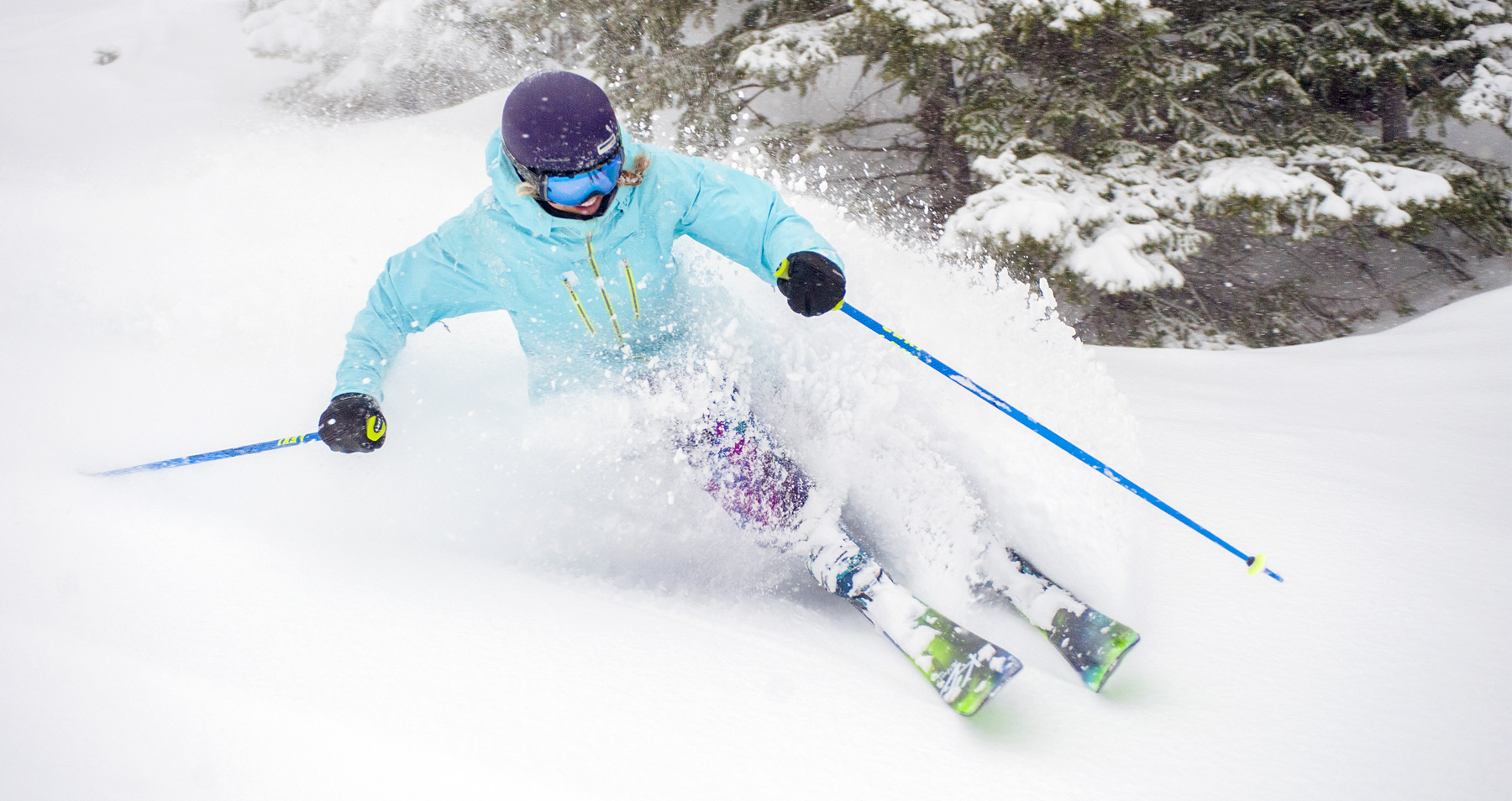Ski Bindings nowadays come in many shapes and colours and may seem overwhelming to begin. Whilst different bindings have different features, deciding which bindings functionally suit each individual is relatively simple. This Guide aims to provide basic information that assists in binding selection.
*Disclaimer: Your local shop should always do mounting, adjustment, and maintenance of your bindings.
View All Ski Bindings Here
Safety
The primary consideration when choosing a ski binding is and always will be safety. Ensuring the ski binding will release when needed to prevent knee and lower leg injuries commonly associated in skiing. Most ski bindings are designed to release based on an industry-standardised scale of release settings known as DIN.
DIN settings reflect the relative forces applied to the ski bindings and vary based on weight, height, ability level, age and the boot sole length of your boot. A lower DIN requires less force to release from your skis.
Ski Bindings come equipped with a range of DIN settings to accommodate these differences in skiers. However, it is recommended to be roughly within the middle of DIN range of your binding, i.e. a DIN setting of 7 on Marker Griffons (DIN Range 4-13). The DIN Chart below may help to provide an outline of the bindings you should be looking at, however, it does not represent a hard and fast rule.
| Ability | |||||
|---|---|---|---|---|---|
| Weight (kg) |
Beginner | Intermediate | Advanced | Expert | |
| 40-55 | 3-10 | 3-10 | 3-11 | 4-12 | |
| 55-65 | 3-10 | 3-11 | 4-12 | 4-13 | |
| 65-75 | 3-11 | 4-12 | 4-13 | 4-13 | |
| 75-85 | 4-12 | 4-13 | 4-13 | 6-16 | |
| 85+ | 4-13 | 4-13 | 6-16 | 6-16 | |
Once ski binding choices are limited by appropriate DIN range, secondary features (brake width, weight, durability, colours, price) come into play.
Brake Width
Brake width ideally should be close to the waist width of the chosen ski, such as a 100mm brake on a 98mm ski. A brake too narrow will not deploy when the binding is released, a brake too wide may overhang the edges of your skis and catch on the snow or your pant legs when skiing.
We recommend a brake width nearly equal to or up to 15mm wider than the waist of the ski. On some skis that are borderline on one size, i.e. 92mm waist, a 90mm brake can be stretched marginally and is recommended over a 110mm brake. Most bindings come with multiple brake width options to suit a wide range of skis and can be swapped out easily in the shop.
Durability / Weight
Bindings durability is dependent on the construction and composition of materials used. In general, bindings with a higher DIN range are designed with stronger, heavier materials to accommodate increased forces created by heavier and more advanced skiers. However, these bindings will weigh more and affect the way the ski performs.
When buying bindings, going for a lighter, cheaper option with a lower DIN range than recommended may lead to a drop in durability, however buying a binding with a higher DIN strictly for the increase in durability will mean that you are skiing a heavier and more expensive binding than necessary.
| DIN Range | Binding Examples | Retail Prices (2016) |
|---|---|---|
| 3-10 | Salomon Z10 Ti | $259.99 |
| 3-11 | Salomon Warden 11 Marker Squire |
$249.99 $259.99 |
| 4-12 | Salomon Z12 | $269.99 |
| 4-13 | Salomon Warden 13 MNC Salomon STH2 13 WTR Marker Griffon Atomic Warden 13 MNC Atomic STH2 13 WTR |
$359.99 $359.99 $359.99 $359.99 $359.99 |
| 6-16 | Salomon STH2 16 Marker Jester |
$439.99 $529.99 |



